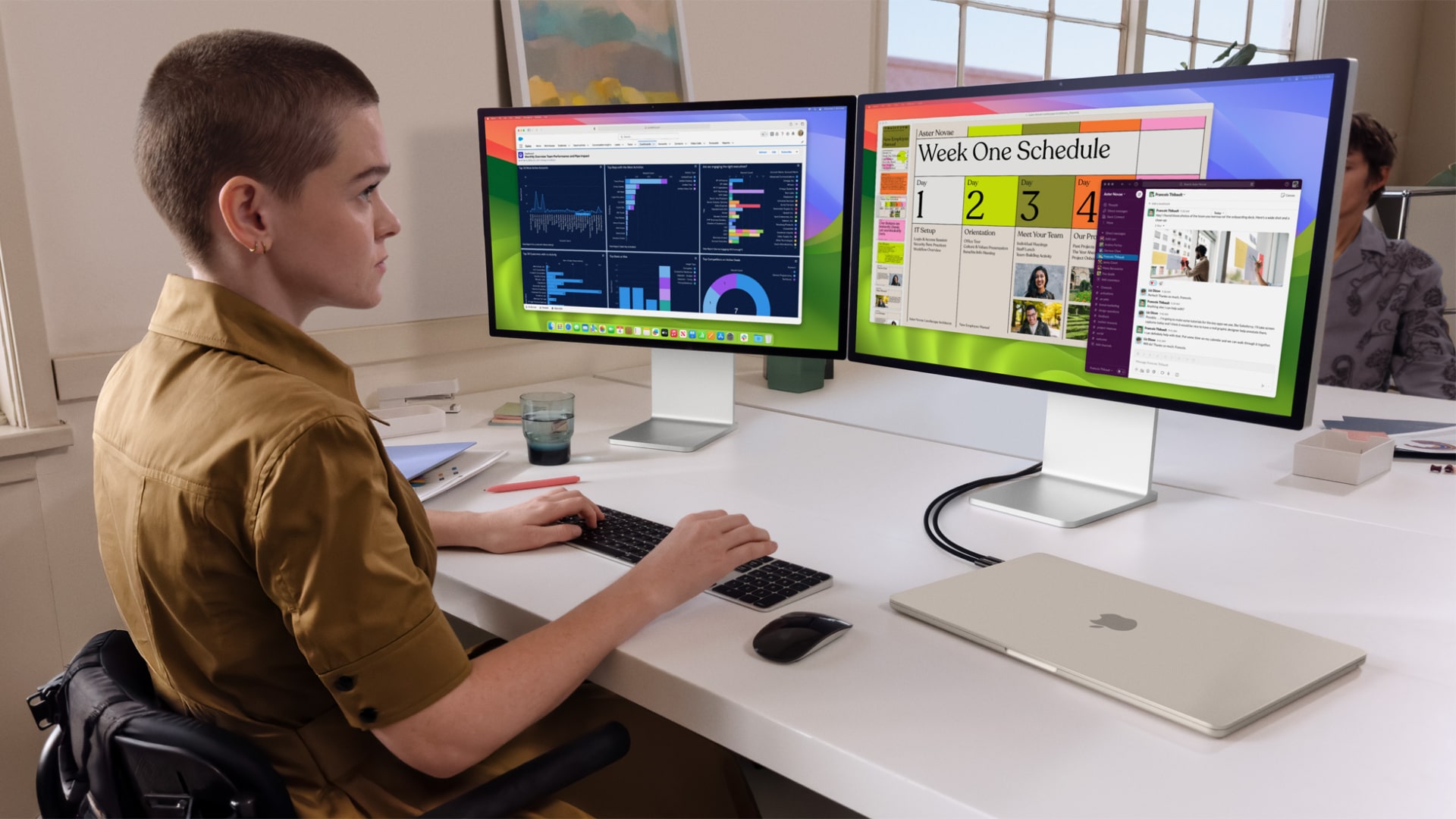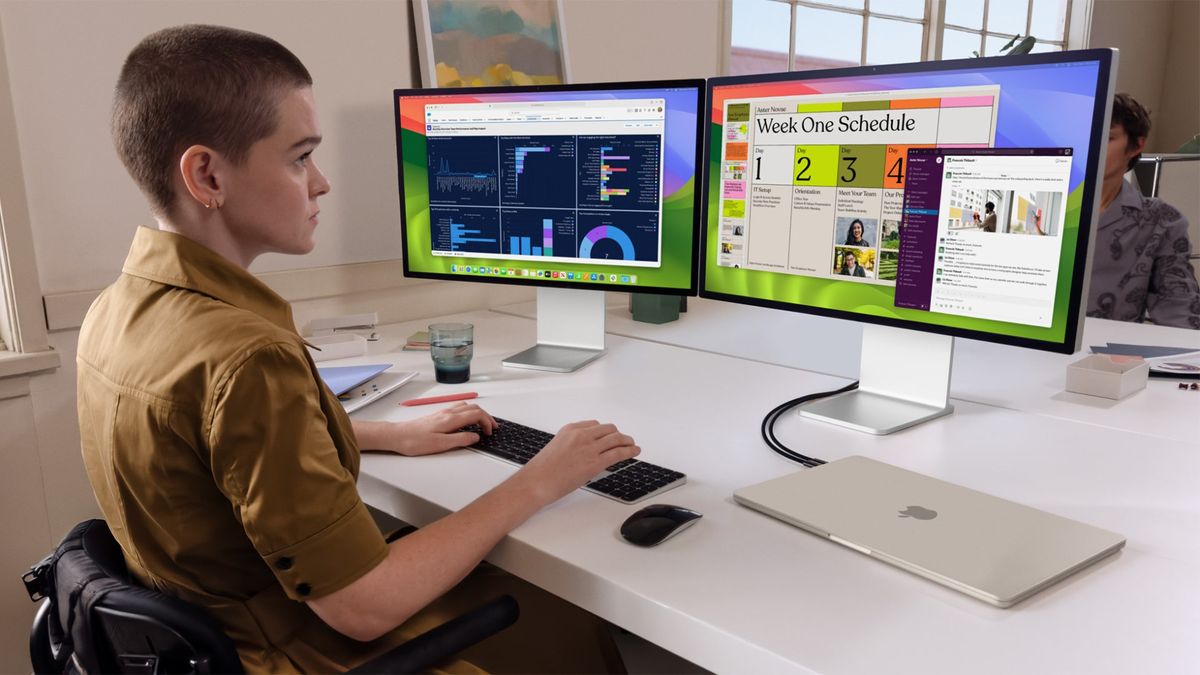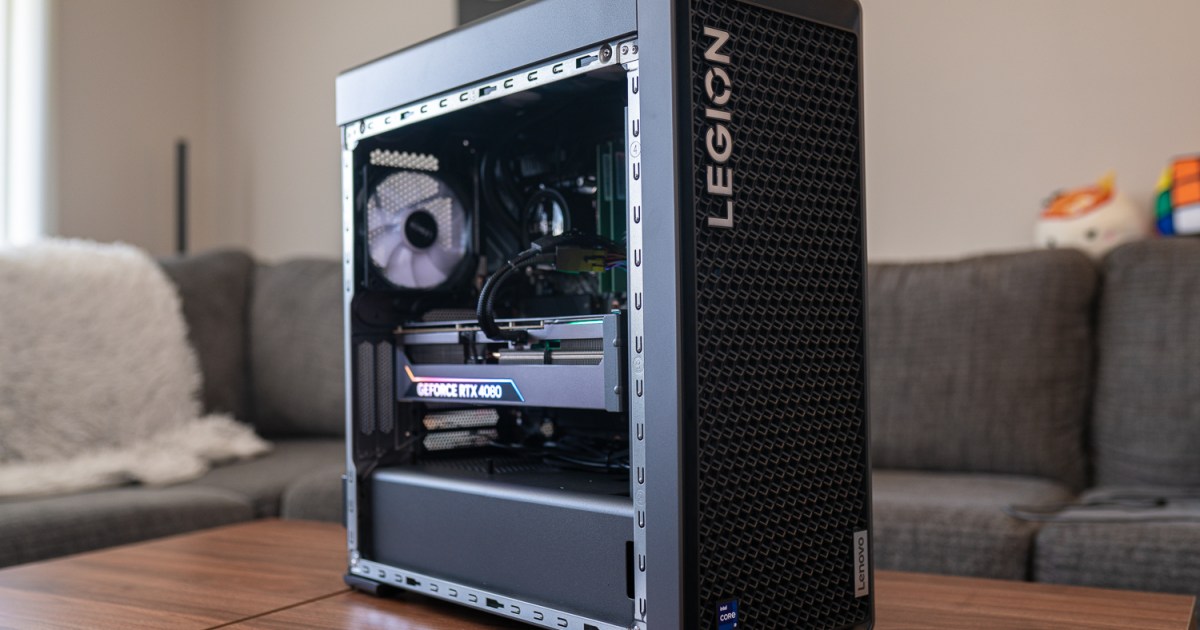[ad_1]

One of the most potentially useful features of the new M3 MacBook Air is support for two external displays when the lid of the laptop is closed (in ‘clamshell mode’), which is great news for those of us who prefer larger screens or multitasking – or at least, it should be.
We say that because some tech gurus have been running stress tests on the new machine, and the results suggest that you could see a drop in performance of as much as 50% in clamshell mode – making the dual-monitor setup far less appealing.
YouTube channel Max Tech put the M3 MacBook Air to the test, running several 3DMark Wild Life Extreme Stress Tests for around 20 minutes.
These 3DMark benchmark tests are designed to put as much stress as possible on a laptop’s hardware and give each device a score that indicates how well it can perform. Max Tech ran the benchmarks on the M3 MacBook Air with two external displays connected, both with the laptop lid open and then in clamshell mode to compare benchmark scores.
The first test produced a promising score of 8,083; however, that dropped to 5,916 points with the lid open and the laptop resting on a desk, as it normally would be when hooked up to two monitors. This sort of drop is to be expected and is likely due to the M3 MacBook Air having a fanless design, instead relying on an internal heat sink to handle the brunt of heat dissipation.
In clamshell mode, however, the drop is significantly greater, with the laptop losing almost half its overall performance, registering a score of 4,198 early into the 20-minute stress test.
Again, this is likely in part due to the MacBook not having a cooling fan, but this issue is exacerbated with the lid closed, as heat can’t be dissipated upwards through the keyboard area. Normally, the heat would dissipate both through the keyboard and at the bottom of the laptop chassis where the heatsink is located (which is why it’s recommended to keep your laptop on an elevated laptop stand and away from plush fabric surfaces).
With the lid closed, the heat has nowhere to go, causing the laptop to slowly overheat and thus impacting performance. When your device starts to overheat, it could cause long-term damage to the hardware, and to avoid that, the laptop will throttle performance and reduce the amount of power being supplied to certain components like your CPU or GPU.
Can you take the heat?
So, what does this mean for your dream dual monitor setup?
If you want to be able to use monitors without sacrificing too much performance, you might want to consider getting yourself a laptop cooling pad or a stand that’ll keep the bottom elevated to improve airflow. Or, you could swap out the M3 MacBook Air with the M3 14-inch MacBook Pro, which does have a single cooling fan and can handle the heat a lot better – but you’d then have to go back to a single-monitor setup.
However, this is a more expensive solution, especially since the M3 14-inch MacBook Pro at the moment only supports a single external monitor, although Apple has confirmed that a software update will be released in the future that will enable the 14-inch MacBook Pro to use two external screens (again, with the laptop lid closed, we expect).
Overall, this feels like a rather rushed and almost clunky way to go about integrating two monitors into your setup with the M3 MacBook Air. It seems like every option comes with a drawback – you can use two monitors, but only if you’re in clamshell mode and ready to deal with the performance drop, or, you can use the external monitor with the laptop lid open but that’ll mean you can only use one monitor and not two.
Aside from taking measures to keep things cool, we can only wait and see if Apple addresses these concerns, and introduces a more streamlined way to keep your two monitors without losing half your laptop’s performance.
You might also like…
Maqvi News #Maqvi #Maqvinews #Maqvi_news #Maqvi#News #info@maqvi.com
[ad_2]
Source link












































